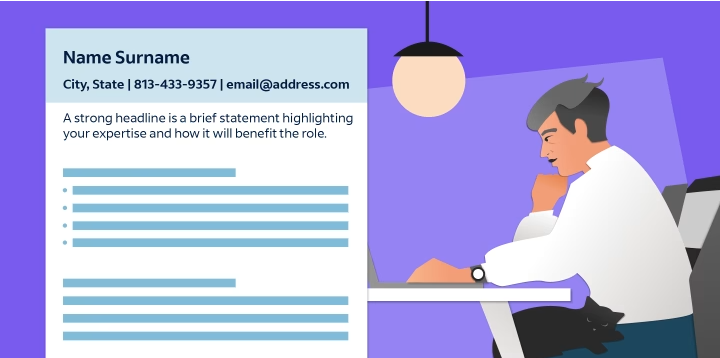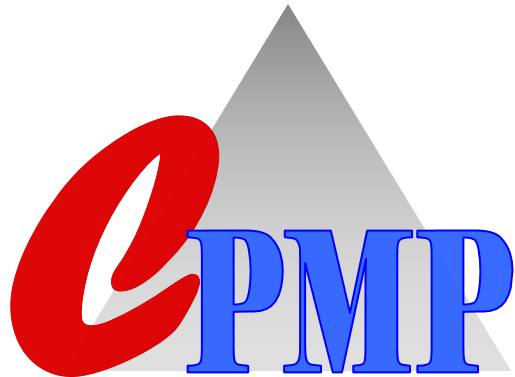
How to Use the STAR Interview Method Response Technique
The STAR interview method is a great way to give detailed answers that help hiring managers gauge how you may fit into an open position. You can use this technique when facing several possible common interview questions. Learning how to prepare STAR responses can help you deliver answers that impress employers and improve your chances of getting a job offer.
In this article, we discuss the STAR method, provide some real-life examples and show how you can use this method to answer common interview questions.
What is the STAR interview method?
STAR stands for Situation, Task, Action and Result. The STAR method helps you create an easy-to-follow story with a clear conflict and resolution. By using this strategy, you can make sure you're fully addressing the interviewer's question while also demonstrating how you were able to overcome previous challenges and be successful.
Interviewers use a behavioural interview style to learn how you handled previous work situations. Employers will use your answers to anticipate how you will react to different challenges in the open role. Typically, these questions are more open-ended and require you to share stories or examples from your previous jobs or educational experience. Here are some examples of behavioral questions in which the STAR interview method is useful:
-
Can you talk about a time you were under a lot of pressure at work and how you handled it?
-
Share a time you set a goal and achieved it.
-
Has there been a time you've disagreed with your manager? How did you come to a resolution?
-
Explain a time you faced a difficult situation at work and how you managed it.
-
Share an example of a time you've made a mistake and how you handled it.
-
Can you describe a time you've had to use logic or data to make a recommendation?
-
Is there an example of a time you've had to deliver bad news? What approach did you take?
-
Please talk about a time that you had to work with other departments to complete a project and how that was done.
-
Tell me about a time you failed. What did you learn from that experience?
How does the STAR method work?
To best explain—and remember when using—the steps of the STAR method will be to go through each point one by one with an included example. Here are the in-depth steps of the STAR method:
-
Situation
-
Task
-
Action
-
Result
Situation
The situation sets up your listener for the challenge you've selected for your response. It's important to explain the background of the story to give the interviewer a better idea You can do this by sharing context around the situation you faced.
Example: “In my current role, my manager asked my team to provide proof of the return on investments for the marketing campaigns we were putting out on social media. This was difficult because my team only had control over the social media advertising since we rely on other teams to actually follow up with the leads we give them, so they are the ones who make the sales.”
Task
Once you have laid out the scenario itself, elaborate on the challenge at hand by clarifying your responsibility or role in relation to it.
Example: “As the leader of the department, it is my responsibility to ensure my team is working efficiently with the sales department. Making sure that my team had a proper process in place is important, but it is also integral that I communicate effectively with the leader of the sales team as well.”
Action
You've illustrated the challenge you faced and you were responsible, but what did you do? Next, you need to explain how you handled the situation or overcame the challenge. Describe the steps in detail so the hiring manager knows exactly what you did.
Example: "To make sure we properly attributed any money we brought into the company from our social media advertising campaign, I worked with the data analytics team to set up tracking codes. We then connected these to our CRM system so when a member of the sales staff processed an order, the lead is properly attributed to our team."
Result
Here is your opportunity to close with a success story. You've taken on a task, and you've taken action to resolve an issue. Discuss what you achieved through your actions. If possible, quantify your success or provide concrete examples of how you were able to achieve the results you did.
Example: "By maintaining daily calls with the manager of the sales team, I have made sure both teams are making the advertising campaign a top priority. By tracking the leads that came in, we were able to establish that there was a 10% increase in sales during a four-week campaign compared to the same time last year. We have been able to go further and determine that for every dollar spent on the campaign, we made three in return."
Tips for using the STAR method
No interview is the same, which means it's likely you won't know the interview questions ahead of time. The one thing these questions do have in common is that most behavioural interviews will focus on various work-related challenges that demonstrate critical thinking and problem-solving. They will also look to showcase your leadership skills and conflict-resolution tactics. Here are two tips to remember when preparing STAR method answers:
Anticipate the questions
To prepare for your interview, review the job description and required skills. Take time to consider what sorts of challenges might arise or what obstacles you may have to navigate in the position. Make a list of the various situations you've handled in your professional history that would display the sorts of strengths you'll need to succeed in the open role.
Draw on additional experiences
If you don't have a long professional history to draw from, consider using other related experiences. You can, for instance, use examples from internships, volunteer work or group projects you completed for school. In some cases, employers may ask you to share a non-work-related example, so consider challenges or obstacles you've overcome in your personal life, too.
No matter what stories you decide to share, make sure you define a situation, task, action and result, and showcase skills and abilities most relevant to the job.
Common interview questions and STAR answer examples
While you may not be able to prepare for the exact interview questions, there are some questions that are popular with interviewers. These questions tend to focus on a time that you had an unfavourable experience and how you turned that around to make it positive. Here are three examples of how to answer popular behavioural interview questions using the STAR method:
Share an example of a time when you faced a difficult problem at work. How did you solve this problem?
“One experience that sticks out in my mind is when I was working as a key accounts manager in my last sales job. One of my customers had purchased software for their new company. At the time, we were going through system upgrades to make our software better for the end consumer. Unfortunately, the system glitched the first time the customer used it.
This ultimately resulted in a loss of business income because they had a number of customers at the store for the grand opening. I spent the entire day on the phone with IT to make sure they were up and running as quickly as possible, which thankfully was before the end of the day. To make it up to the client and to keep their business, we refunded them for three months' worth of invoicing and gave a 10% discount when it came time for them to renew the contract. The customer left happy because this ended up saving more money than they lost in that one day."
Describe a time when you were under a lot of pressure at work. How did you react?
“During my time as the digital marketing specialist at my previous company, we were in the midst of launching our new website. It was my responsibility to make sure that we transferred over every piece of content from the old website to the new one. We had to do this within a 30-day period to make sure we met the deadline for the launch.
At first, I was very overwhelmed as there were over 300 pages that I needed to transfer. I started by getting an inventory list put together. I then created an account on an organization website where I could go through and tick off each section and its subsequent pages one by one. I was able to meet the deadline on time without missing any pages."
Tell me about a mistake you've made. How did you handle it?
"I was working as an intern for a large insurance company and was responsible for hosting one of the quarterly meetings with all of the top-level executives. Part of hosting the meeting included booking flights and hotels for those coming in from out of town. I mixed up the dates for one of the airline bookings and didn't realize it until the last minute.
Once I had realized the mistake, I called the executive who was going to be taking the flight and let them know of my mistake. I spent the entire morning on the phone with the travel agent and the airline getting the flights changed. Thankfully they had one seat left and the executive was able to make it in time for the meeting."
